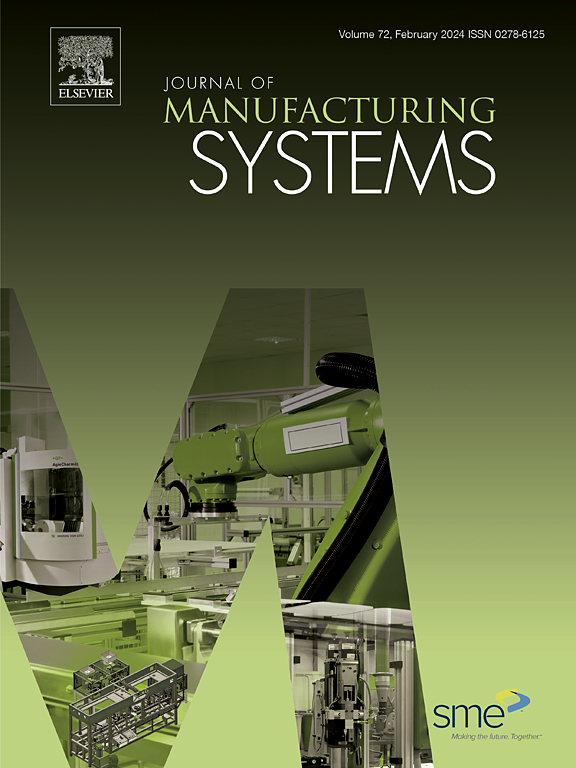从成本到能力:电动汽车制造战略中的技术乘数
IF 14.2
1区 工程技术
Q1 ENGINEERING, INDUSTRIAL
引用次数: 0
摘要
在日益充满活力和不确定性的全球环境中,企业在调整生产战略与长期竞争力和创新方面面临着重大挑战。许多公司专注于通过外包和搬迁来节省短期成本,这可能会对内部知识、能力和长期增长产生负面影响。本研究探讨了生产环节配置的战略决策过程,强调需要一个系统和整体的方法。运用层次分析法(AHP),引入成本、创新能力和社会影响等关键决策因素。定性研究应用于电动汽车(EV)电池生产的案例,其中评估了内部生产,外包和合资企业。结果揭示了关键驱动因素,如设计能力和以客户为中心,强调了在内部保持核心技术能力的战略重要性。该研究为“技术乘数”概念提供了基础,以量化内部生产在创新、适应性和竞争优势方面的长期价值,为战略制造决策提供了新的框架。本文章由计算机程序翻译,如有差异,请以英文原文为准。
From cost to capability: Technology Multiplier in EV manufacturing strategy
In an increasingly dynamic and uncertain global environment, companies face significant challenges in aligning production strategies with long-term competitiveness and innovation. Many firms focus on short-term cost savings through outsourcing and relocation, which can negatively impact internal knowledge, capabilities, and long-term growth. This study explores the strategic decision-making process of production segment allocation, emphasizing the need for a systematic and holistic approach. Using the Analytical Hierarchy Process (AHP), key decision factors are introduced, including cost, innovation capability, and social impact. The qualitative study is applied to the case of electric vehicle (EV) battery production, where in-house production, outsourcing, and joint ventures are evaluated. The results reveal key drivers such as design capabilities and customer centricity, highlighting the strategic importance of maintaining core technological capabilities in-house. The study provides a foundation for the concept of a ”Technology Multiplier” to quantify the long-term value of in-house production in terms of innovation, adaptability, and competitive advantage, offering a new framework for strategic manufacturing decisions.
求助全文
通过发布文献求助,成功后即可免费获取论文全文。
去求助
来源期刊

Journal of Manufacturing Systems
工程技术-工程:工业
CiteScore
23.30
自引率
13.20%
发文量
216
审稿时长
25 days
期刊介绍:
The Journal of Manufacturing Systems is dedicated to showcasing cutting-edge fundamental and applied research in manufacturing at the systems level. Encompassing products, equipment, people, information, control, and support functions, manufacturing systems play a pivotal role in the economical and competitive development, production, delivery, and total lifecycle of products, meeting market and societal needs.
With a commitment to publishing archival scholarly literature, the journal strives to advance the state of the art in manufacturing systems and foster innovation in crafting efficient, robust, and sustainable manufacturing systems. The focus extends from equipment-level considerations to the broader scope of the extended enterprise. The Journal welcomes research addressing challenges across various scales, including nano, micro, and macro-scale manufacturing, and spanning diverse sectors such as aerospace, automotive, energy, and medical device manufacturing.
 求助内容:
求助内容: 应助结果提醒方式:
应助结果提醒方式:


